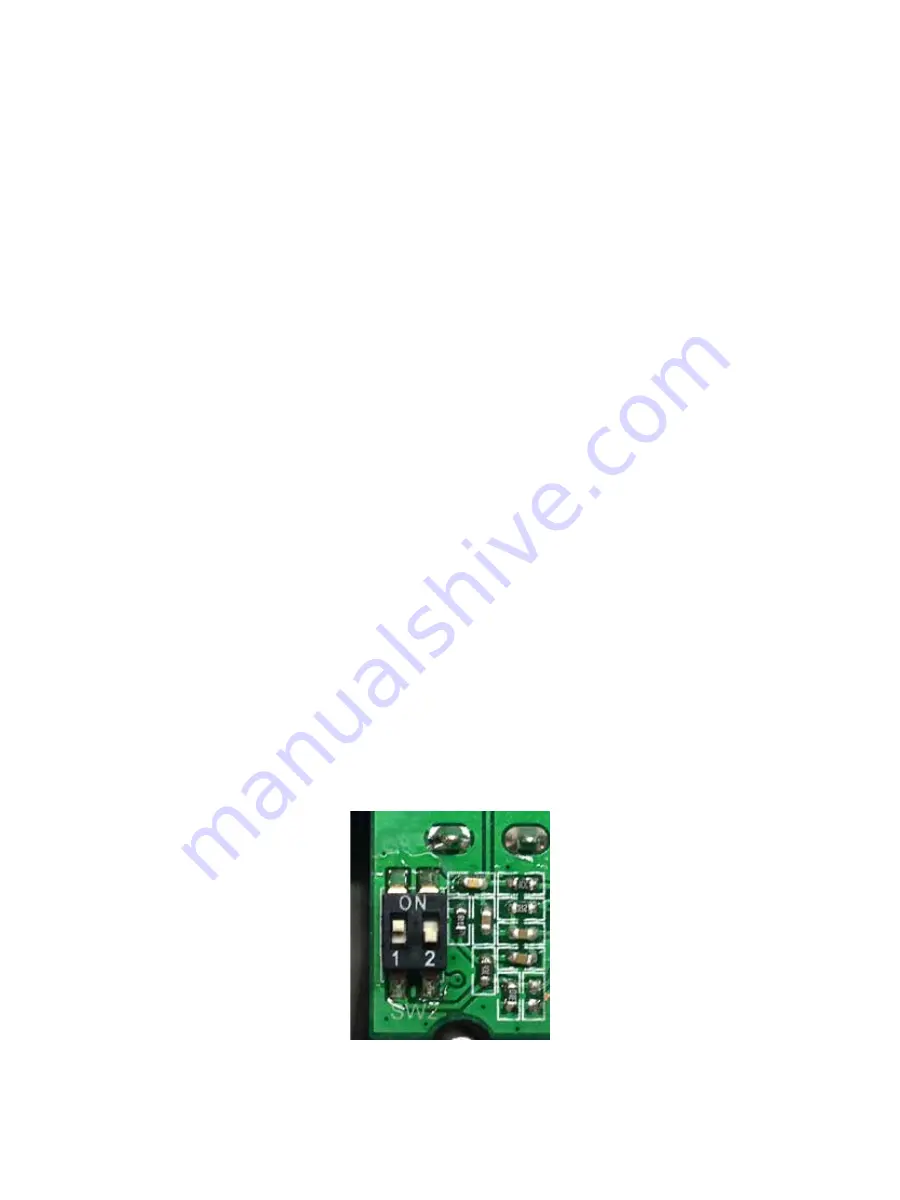
4. INPUT FILTER - This is a variable filter that adjusts the tone of the input signal. To help
match with brighter guitars and reduce the prominence of spikey pick attacks,
turn this control more to the left. For a brighter sound with more prominent
attack, turn this control all the way up. This control also will adjust the
midrange content of the signal so that midrange becomes more prominent as
the knob is turned more to the left.
5. HIGH/LOW - The Looking Glass offers two different overdrive modes.
The Low mode is used for clean tone shaping, light compression, and lower
gain overdrive.
The High mode pickups up roughly where the Low mode leaves off by
boosting the pedal and allows you to dial in Low to High gain overdrive
sounds that remain highly touch sensitive all the way through the range.
Note: It is recommended that you turn the Level down when switching modes
to avoid loud jumps in volume and re-biasing noise as the pedal adjusts itself
to the new gain setting.
6. INPUT - Connect your instrument here.
7. FOOTSWITCH - Turns the effect on and off.
8. LED - Turns on when the effect is enabled.
9. OUTPUT - Connect to the next pedal’s input or to the input of your amplifier.
INTERNAL DIP SWITCHES - The Input Filter control is passive and interacts nicely with
your guitar’s electronics when not using a buffer in front of the Looking Glass.
When using buffered pedals before the Looking Glass you may want to adjust
the the left DIP (1) switch which slightly increases the input impedance of the
pedal.
Содержание LOOKING GLASS OVERDRIVE
Страница 1: ......























